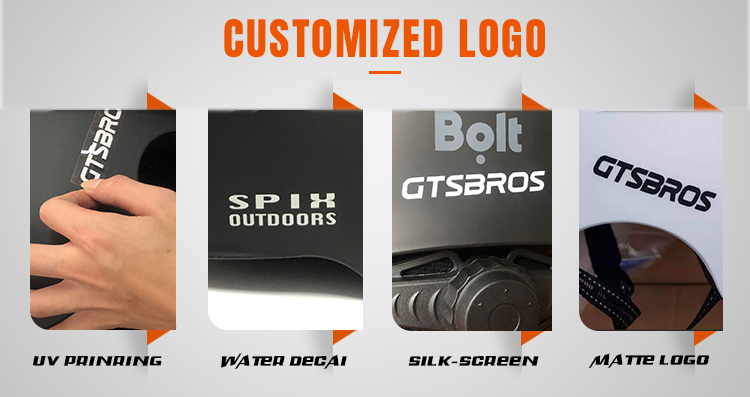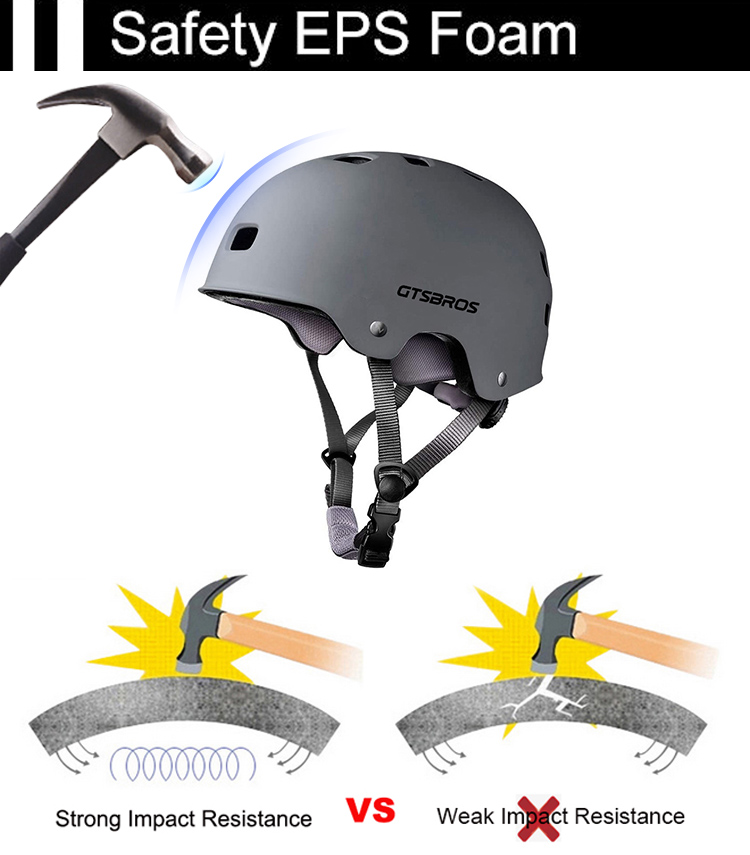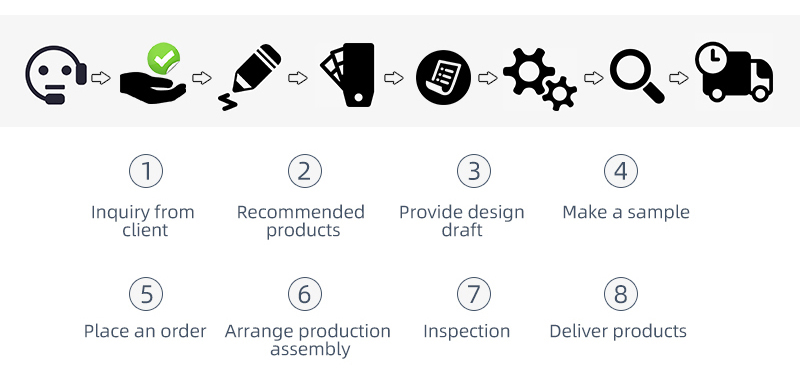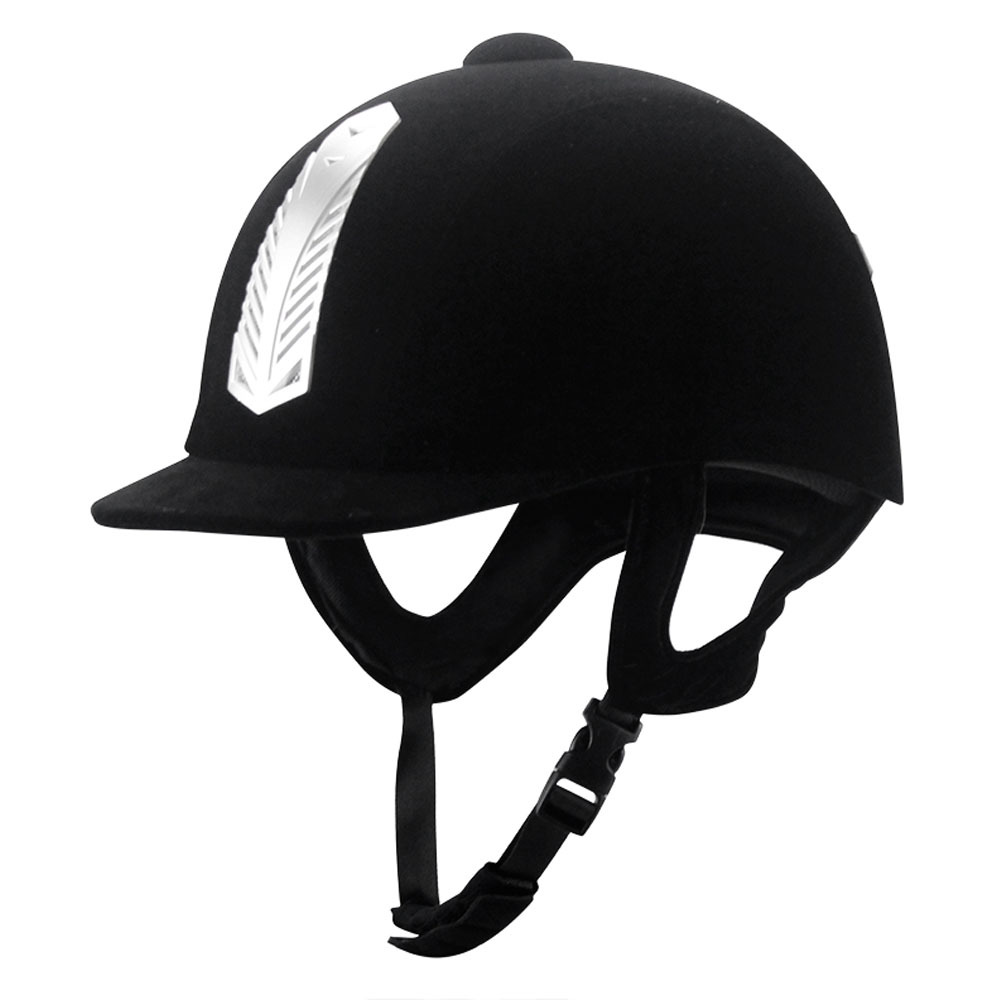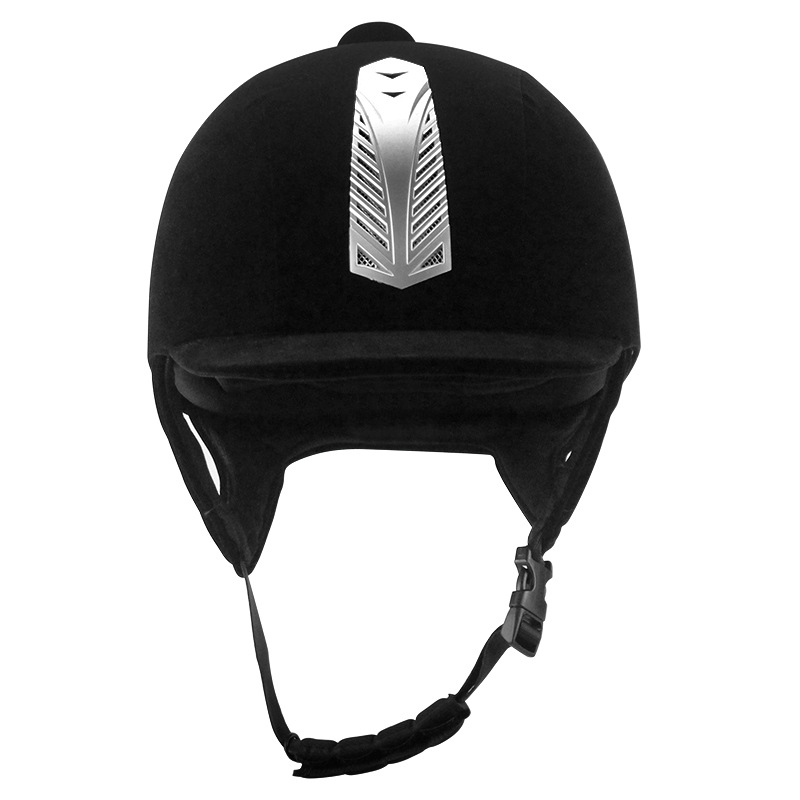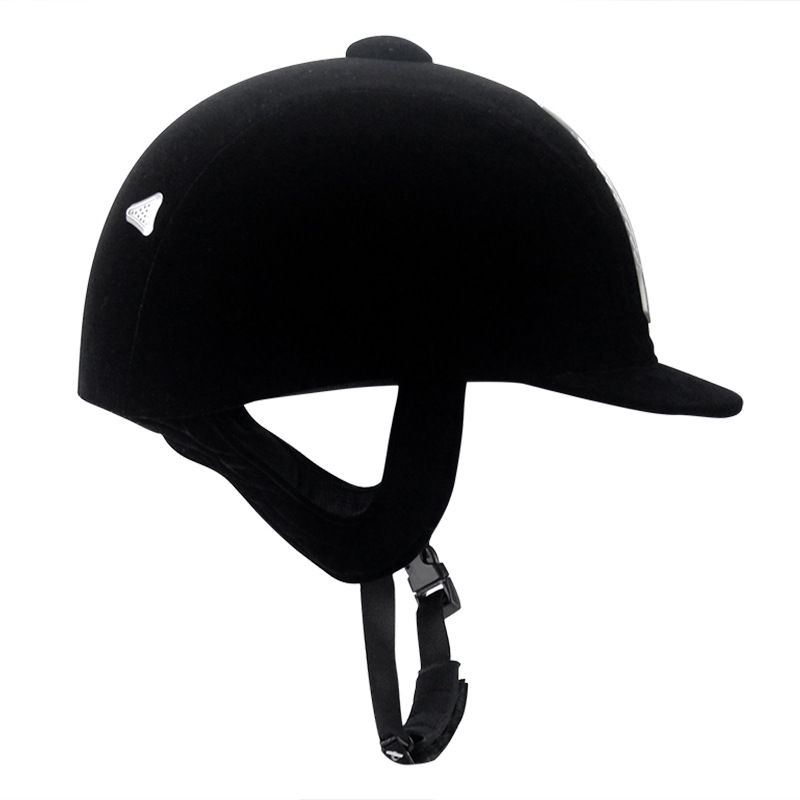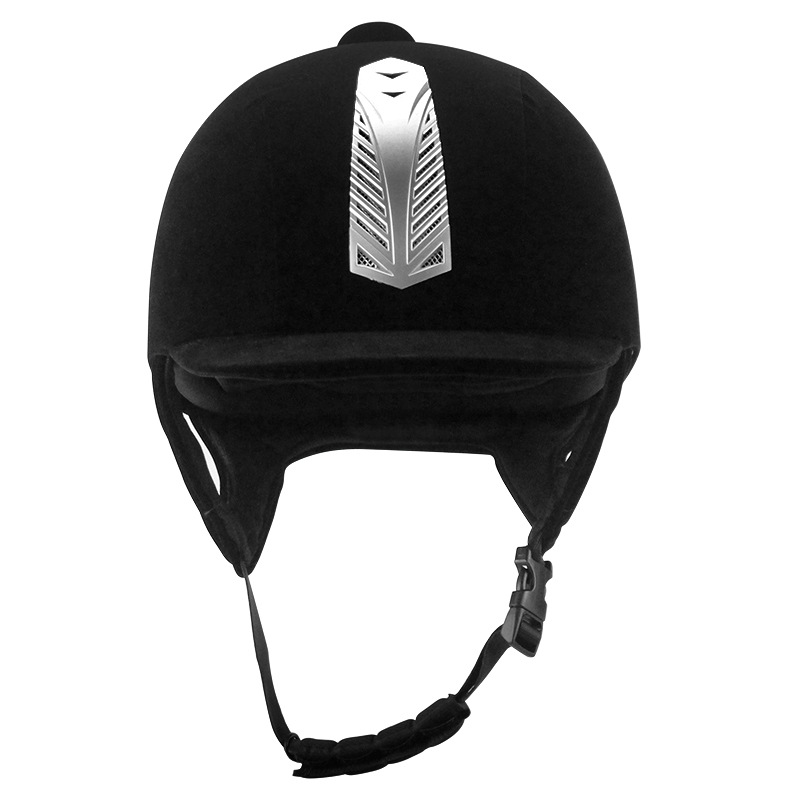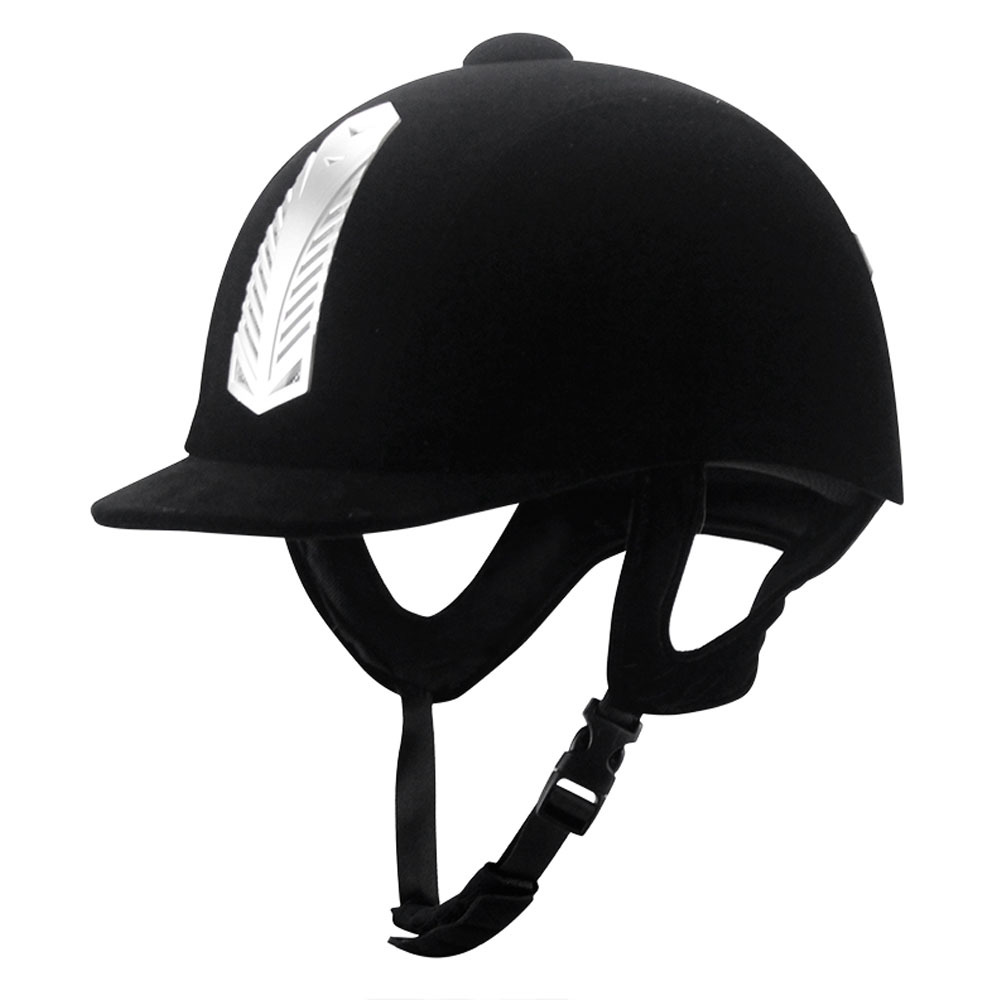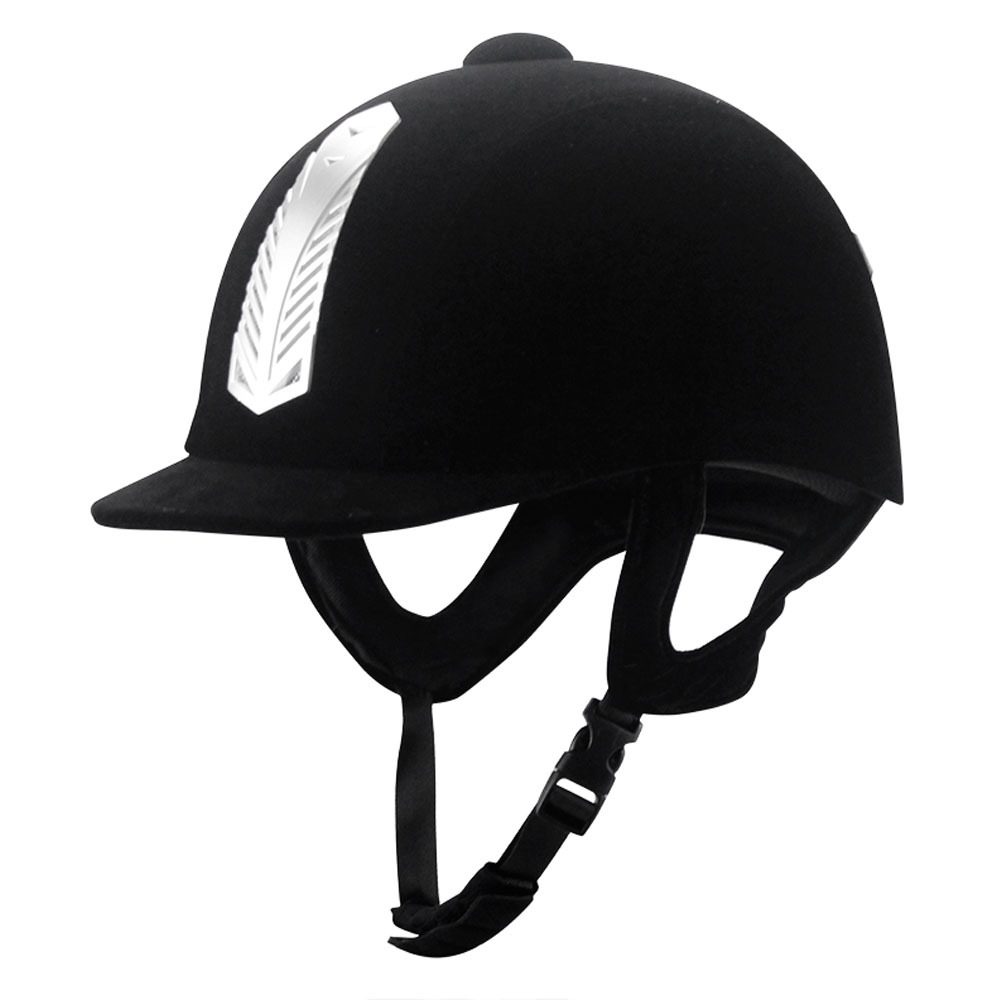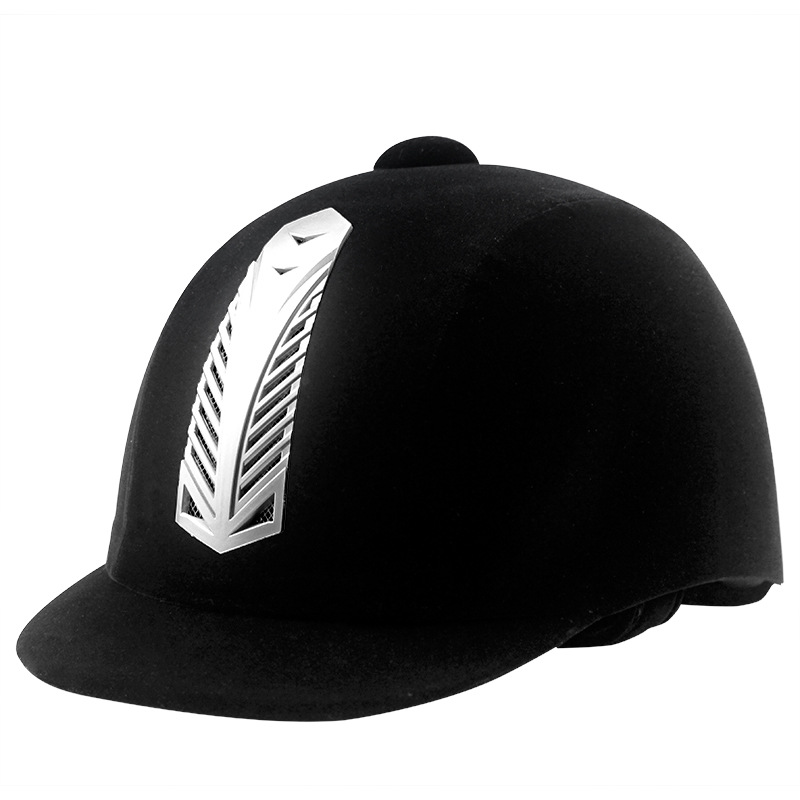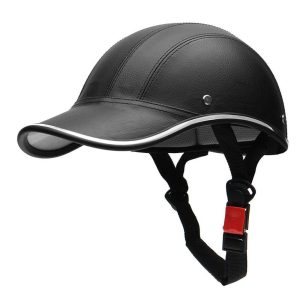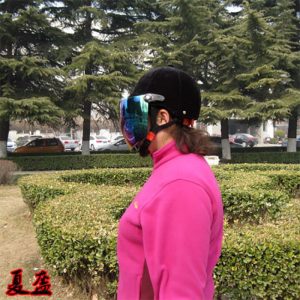A riding helmet, often referred to as an equestrian helmet, is a specialized headgear designed to safeguard horse riders’ heads from potential injuries while engaging in equestrian activities. Horseback riding is a popular and rewarding recreational pursuit, but it comes with inherent risks due to the unpredictable nature of horses and the potential for falls or accidents. Riding helmets are crucial safety equipment that helps reduce the risk of head injuries and promote rider safety.
These helmets typically feature a tough, protective outer shell made from materials like fiberglass or polycarbonate, capable of withstanding impacts. Inside the helmet, there is an energy-absorbing liner, typically made of expanded polystyrene (EPS), designed to cushion and distribute the energy from an impact.
One of the key components of a riding helmet is the chin strap and retention system, which ensures a secure and comfortable fit. Additionally, many helmets come equipped with ventilation systems to regulate temperature and provide comfort during long rides.
Riding helmets come in various styles, such as English riding helmets, Western riding helmets, and helmets for other equestrian disciplines, catering to different riding preferences and safety needs.
The primary purpose of a riding helmet is to protect against head injuries, including concussions, skull fractures, and traumatic brain injuries, which can result from falls or accidents while horseback riding. Many countries and equestrian organizations have established safety standards for riding helmets to ensure their effectiveness and reliability.
In summary, riding helmets are essential safety gear for horse riders, serving as a vital safeguard against head injuries and promoting responsible and safe equestrian practices. Wearing a properly fitted and certified riding helmet is a non-negotiable aspect of horseback riding safety.
